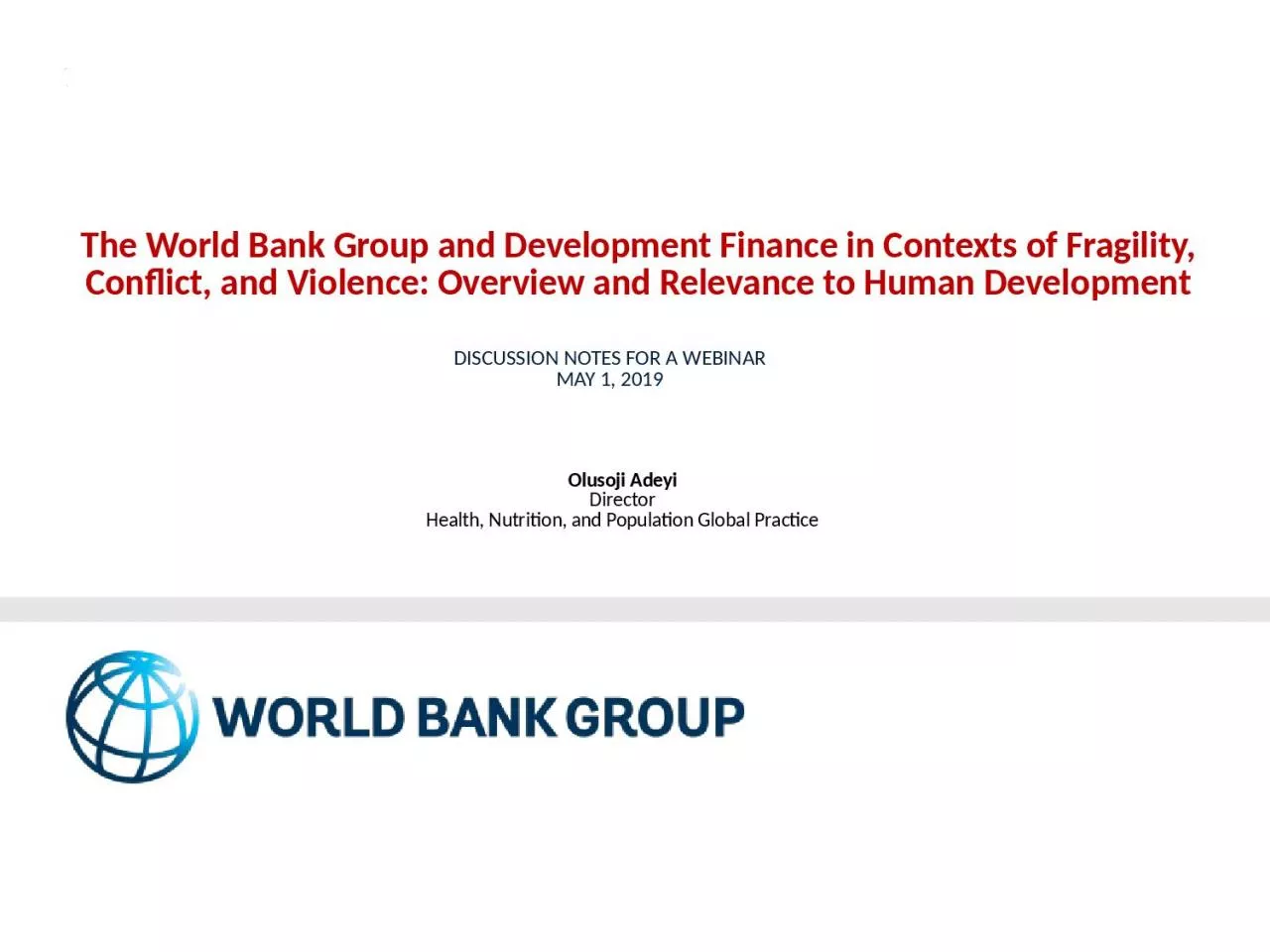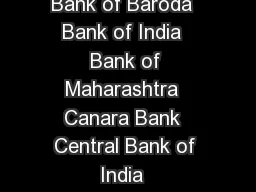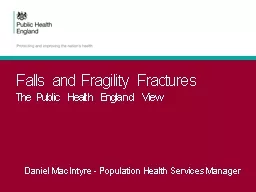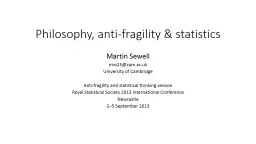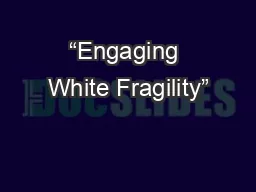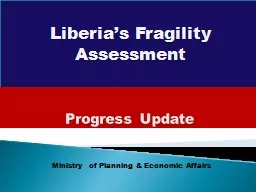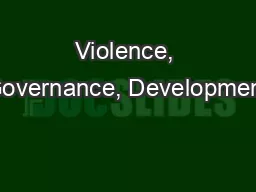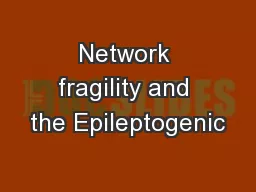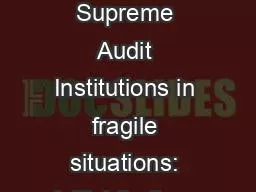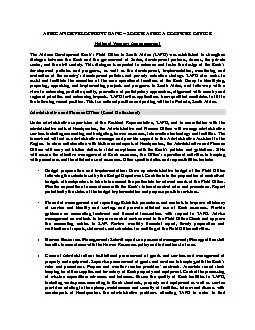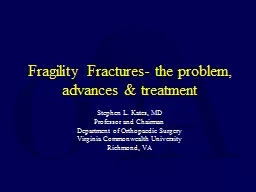PPT-The World Bank Group and Development Finance in Contexts of Fragility, Conflict, and Violence:
Author : alyssa | Published Date : 2024-03-15
Discussion notes for a webinar May 1 2019 Olusoji Adeyi Director Health Nutrition and Population Global Practice Evolution of World Bank Groups engagement in contexts
Presentation Embed Code
Download Presentation
Download Presentation The PPT/PDF document "The World Bank Group and Development Fin..." is the property of its rightful owner. Permission is granted to download and print the materials on this website for personal, non-commercial use only, and to display it on your personal computer provided you do not modify the materials and that you retain all copyright notices contained in the materials. By downloading content from our website, you accept the terms of this agreement.
The World Bank Group and Development Finance in Contexts of Fragility, Conflict, and Violence:: Transcript
Download Rules Of Document
"The World Bank Group and Development Finance in Contexts of Fragility, Conflict, and Violence:"The content belongs to its owner. You may download and print it for personal use, without modification, and keep all copyright notices. By downloading, you agree to these terms.
Related Documents

